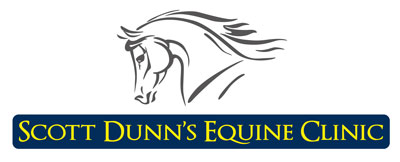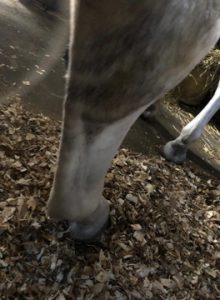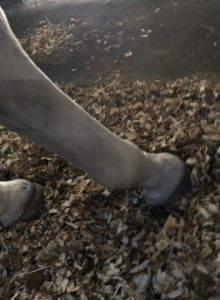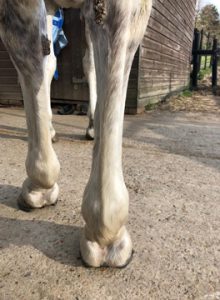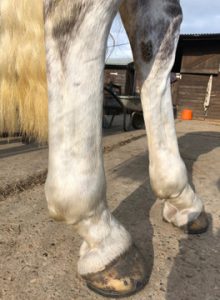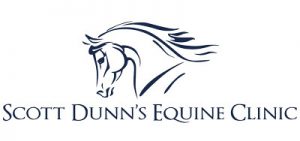During these unprecedented times, we are relying on technology more and more to try and ensure we provide your horses, ponies and donkeys with the veterinary care they need and deserve, as well as keeping our clients and our team safe.
To enable us to do this, we are offering ‘telemedicine’ consultations for certain cases. We are of course happy to continue to give general advice, but for those cases which need a more in-depth assessment and ideally a visit, but do not come under the criteria of an emergency, we will be offering these appointments.
There are limitations of using photos and videos, as subtle problems may be impossible to capture or do not reveal the true severity of the problem. We will always be very happy to visit any horse in an emergency situation but can use photos and videos to provide ‘telemedicine’ consultations in some situations.
To book a telemedicine appointment, please call reception on 01344 426066. Once the booking has been made, you will be given an appointment time for the vet to call. You will be asked to send your pictures / videos to admin.scottdunn@cvsvets.com in advance with your name, your horse’s name and the best contact number for the vet to call you.
TOP TIPS
We wanted to provide some top tips for getting the best pictures and videos of your horse so we can give you the best advice. Often, we will ask for more pictures and information but please have a look at our guide to get things started.
Top tips for pictures
- Make sure your lens is clean!
- Make sure your horse is in a well-lit area; ideally outside in daylight with the sun behind you.
- Take several pictures to help us work out what is going on
- Take several angles so we can assess the depth and shape of the problem.
- Take some pictures far enough away so that we can work out where the issue is and some close focusing in on the problem.
- If you are taking pictures of a wound, take some before and some after cleaning so we can see the volume and type of discharge present.
- Check your pictures are in focus.
Please see the following selection of pictures of a hind limb and try to decide which pair are easier for us to evaluate:
Top tips for videos
- Again, if possible, take your video outside in daylight with the sun behind you.
- When walking or trotting a horse to check for lameness, try and use a flat, even surface and walk or trot your horse in a straight line towards and away from the video camera. Lameness videos normally require 2 people (someone to lead the horse and someone videoing the horse) which should be performed adhering to social distancing government advice.
- Keep the horse within the frame; this may include changing your distance from the horse to keep your horse well framed.
- Avoid slow motion movies.
- When lunging you horse, try and use a flat and smooth surface where possible; the videographer should stand on the outside of the circle and keep the horse in the frame for several trot circles on both reins. If the issues is more obvious in canter, the please include some canter transitions and several circles in canter on both reins.
- As with pictures, please send your videos to admin.scottdunn@cvsvets.com with your name and your horse’s name.
As always, please do not hesitate to contact us with any queries about your horse’s health and welfare and we will always be ready to help. 01344 426066.
